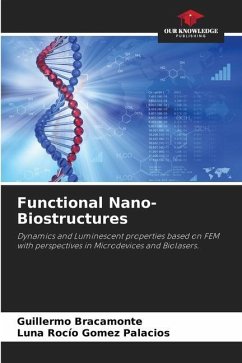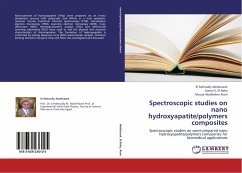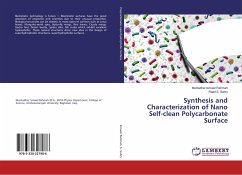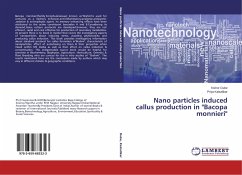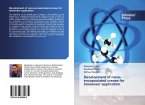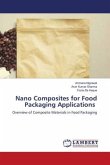In this publication, results obtained and discussed on the fabrication of synthetic Nano-Biostructures have been presented. They have been designed based on Escherichia Coli bacteria and silica-coated metallic core-shell nanoparticles. For this purpose, nanoparticles of reduced dimensions within the nanoscale were synthesized by means of the Turkevich soft reduction method. They were modified with variable lengths of silica spacers (Au@SiO2). On the obtained nanoparticles a fluorescent molecule of the Laser type, such as Fluorescein (Fl), was covalently bonded for the generation of luminescent properties enhanced by the presence of Metal (Metal Enhanced Fluorescence, MEF). In this way the MEF-Au@SiO2-Fl nano-emitters associated with higher intensities and stabilities over time were used as nano-bio-markers of bacterial membranes. From these Nano-Bio-assemblies, new Nano-Bio-optical properties and applications in Life Sciences were evaluated.
Bitte wählen Sie Ihr Anliegen aus.
Rechnungen
Retourenschein anfordern
Bestellstatus
Storno

